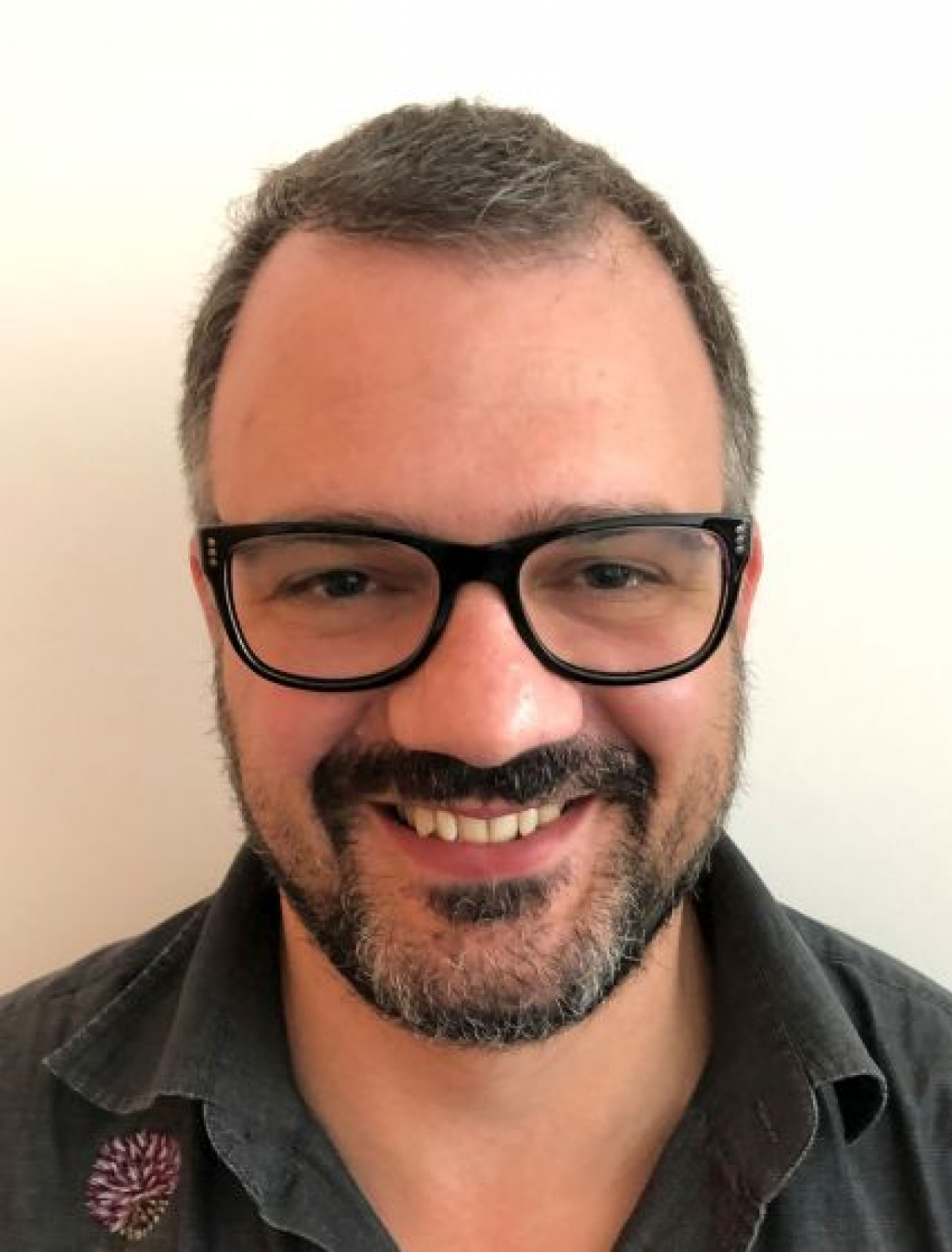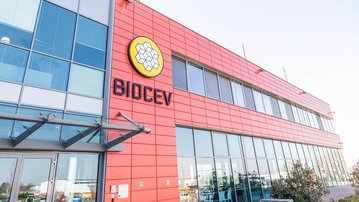
Leukocyte motility
Meet the research group led by Miroslav Hons from the First Faculty of Medicine at BIOCEV
The Leukocyte Motility Lab at BIOCEV researches a wide range of topics related to the active movement of white blood cells, especially lymphocytes. In fact, high motility is the most important functional property of immune system cells. An effective immune response requires leukocytes to be in the right place at the right time and depends on their migration and correct location in lymphoid and peripheral organs.
The dynamics of the actomyosin cytoskeleton, which generates the forces needed to move cells, is central to the lab's research . The research team, comprising MUDr. Pavel Jůda, Ph.D., Mgr. Zuzana Ježková, Mgr. Zuzana Kroulíková, and Bc. Eliška Miková, is studying the relationship between the structure and function of the actin cortex in individual parts of cells, especially the organisation of the contractile myosin apparatus and the control of contraction intensity. Related to this is the team's interest in the physical aspects of leukocyte biology and the interplay of individual functional units, actomyosin contractility, osmotic pressure and membrane tension.
Two types of signalling
Leukocyte motility is activated by molecules in their environment, such as chemokines or chemotactic lipids. This environment is represented by various solid tissues with complex architectures, which may represent another factor influencing leukocyte invasiveness. Research indicates that leukocytes must recognize two types of signals, chemical ones sent by chemotactic molecules and mechanical ones from their environment. Cellular mechanisms of mechanical signal recognition and how they are integrated with chemotactic signals represent another major area of research.

Our research? Microscopes and analyses
The laboratory's methodological approach is primarily based on various microscopic methods, ranging from live cell imaging, actin dynamics (spinning disk, TIRF) and cell signalling (FLIM) to electron microscopy (TEM, SEM, FIB-SEM). All this is combined with advanced quantitative analysis. The research group uses microfabrication and microfluidic chips to mechanically activate leukocytes. The chips represent microenvironments with defined architectures. The research group can further combine this reductionist approach with intravital microscopy.
Background for the students of the First Faculty of Medicine
Leukocyte motility is a topic at the intersection of cell biology and immunology that is benefitting from current technological developments in microscopy, microfabrication, and molecular methods. The lab allows students and postdocs to take advantage of Biocev's excellent technological facilities and embrace unique combinations and the variety of methodological approaches.

Current publication
An effective immune response requires the cells of the immune system to be in the right place at the right time and depends on their rapid mobility and correct location in the lymphoid organs. The biological mechanisms that lead to leukocyte morphological polarity and migration are a major focus of research, as is interest in systemic changes to immunity in leukocyte motility defects
Cellular locomotion using environmental topography. Reversat A, Gaertner F, Merrin J, Stopp J, Tasciyan S, Aguilera J, Vries I, Hauschild R, Hons M, Piel M, Callan-Jones A, Voituriez R and Sixt M. Nature. 2020 Jun;582(7813):582–585. https://doi.org/10.1038/s41586-020-2283-z
Source: Bulletin Jednička, First Faculty of Medicine, Charles University




